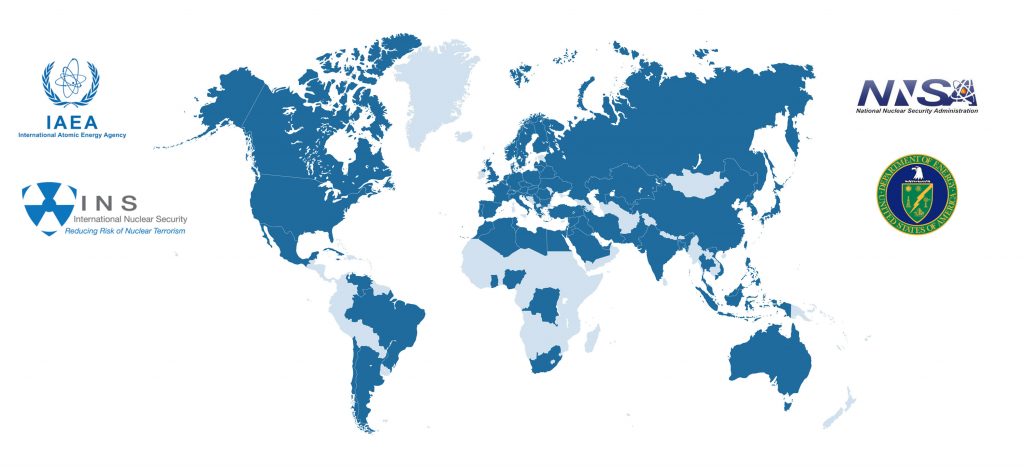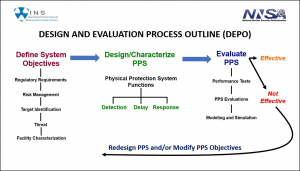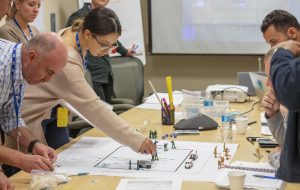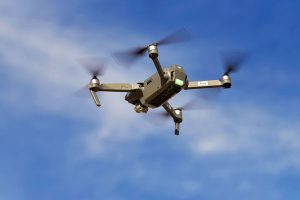Sandia experts conduct training and technical exchanges in 72 countries in collaboration with national and international regulatory agencies. The following are a few examples of the on-line and in-person training we offer.

On-Line Introduction to the Design and Evaluation Process Outline (DEPO) for Nuclear Security

This course is designed to provide participants with a general understanding of the DEPO methodology used to define, design, and evaluate physical protection systems for nuclear facilities. This methodology integrates multiple, complex technological and training components to create a holistic approach to physical protection systems.
This training is geared towards vendors and operators of advanced and small modular reactors but is relevant to all nuclear or radiological facility personnel. The video series provides a systems-level and technology-neutral approach to nuclear security. Understanding the basics of the DEPO methodology provides a framework for vendors, utilities, and regulators to use in developing a commensurate level of nuclear security for various advanced reactor concepts.
International Training Course on the Physical Protection of Nuclear Materials and Nuclear Facilities

In 1978, the U.S. Department of Energy selected Sandia National Laboratories as the organization to develop and deliver the three-week International Training Course (ITC) on the Physical Protection of Nuclear Facilities and Materials, which is now the International Atomic Energy Agency’s (IAEA) flagship training course on physical security. For more than 40 years, Sandia has provided more than 1000 participants from more than 70 countries with the knowledge and practical skills to effectively analyze, design, and evaluate physical protection systems to prevent radiological sabotage and nuclear material theft.
Uncrewed Aircraft Systems

In recent years, commercial, industrial and recreational use of uncrewed aircraft systems (UAS), or drones, has grown significantly. The popularity and user-friendly nature of these systems has fueled rapid development and enhanced worldwide availability of UAS technology. While most UAS users are performing legitimate activities or simply having fun, the misuse of UAS has also increased.
Due to the security challenges posed by UAS, counter-UAS (CUAS) commercial technologies and solutions are being developed to sense, assess, track, and mitigate these threats. Sandia’s UAS/CUAS team, under the auspices of the U.S. Department of Energy National Nuclear Security Administration Office of International Nuclear Security (NNSA-INS) program, works with foreign partners to provide technical exchanges, awareness, training, guidance, collaborative research and testing, and technical outreach. Sandia leverages decades of subject matter experience in security system research and development, testing and evaluation, design and deployment, site assessments, and robotics.
Sandia’s UAS team, via the NNSA-INS CUAS program, collaborates with other U.S. national laboratories to assist partner countries and foreign sites in addressing unmanned threats or incorporating drones into physical security. This includes outreach, awareness briefings and trainings, and technical exchange meetings to share ideas and approaches.
Sandia’s UAS program has developed a series of training videos for use in national and international engagements.